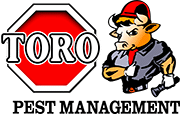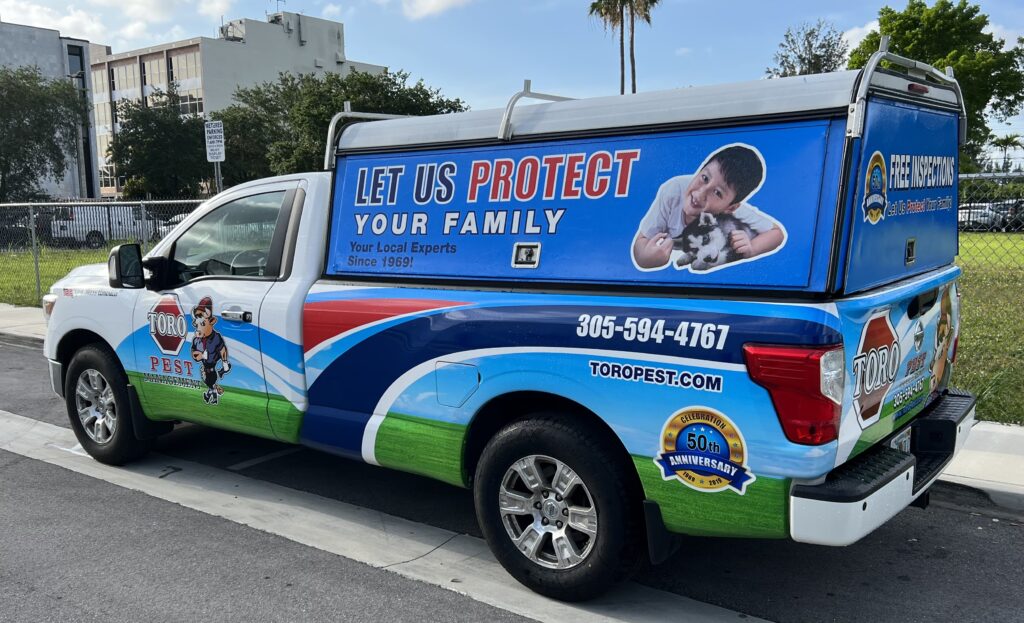Ghost ants, so named for their translucent bodies that make them nearly invisible, are fascinating yet troublesome guests in our homes. Understanding these tiny intruders is the first step toward coexisting with them or managing their presence. This article delves into the secret life of ghost ants, shedding light on their behaviors, preferences, and the subtle signs of their presence.
Behavior and Habitat
- Social Structure: Ghost ants are highly social insects, living in large colonies that can split into subcolonies when they grow too large or face threats. This behavior ensures their survival and makes them particularly challenging to manage.
- Indoor and Outdoor Living: While they prefer warm, humid environments, ghost ants are adaptable and can thrive both outdoors and indoors. Inside, they’re often found in kitchens and bathrooms, drawn to moisture and food sources.
Diet and Attraction
- Sweet Tooth: These ants are attracted to sweet substances, which is why they’re often found trailing to sugar spills, fruit on counters, or sticky residues.
- Protein Sources: Besides sweets, ghost ants also seek out protein sources, making them more versatile in their diet than other ant species.
Detection and Signs
- Trails: The most common sign of a ghost ant infestation is the presence of trails. These ants follow pheromone trails to food sources, leading them across walls, cabinets, and floors.
- Nests: Ghost ant nests are difficult to spot due to their preference for hidden spaces. They can nest in wall voids, beneath appliances, or within potted plants.
Unique Characteristics
- Translucent Appearance: Their pale color and small size make ghost ants difficult to see, hence the name “ghost.”
- Budding: Unlike other ant species that rely on a single queen, ghost ants can create new colonies through a process called “budding,” where a group splits off with a queen to form a new colony.
Coexistence Strategies
- Prevention: The key to coexisting with ghost ants lies in prevention. Keeping your home clean, sealing entry points, and managing moisture can significantly reduce their presence.
- Observation: Learning to recognize the early signs of ghost ants can help you address issues before they become infestations.
While ghost ants are intriguing creatures, their presence in our homes can be more than a mere nuisance. By understanding their behaviors and preferences, we can better manage our spaces to either deter their presence or learn to live with them in harmony. Remember, knowledge is the first step towards effective coexistence with our tiny intruders.



